URBAN COMMUNICATION | SIGNS AND SIGNALS | STADTGESPRÄCHE
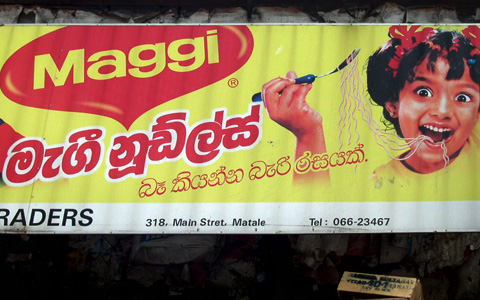





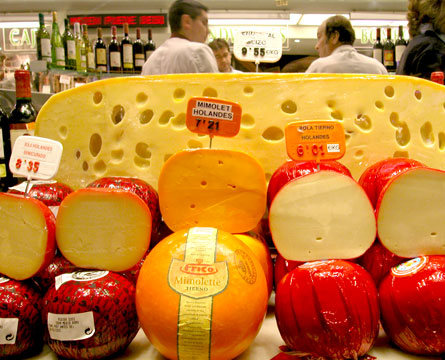




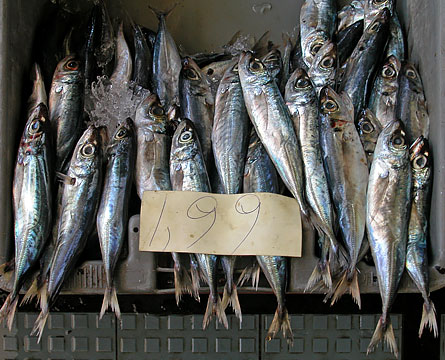
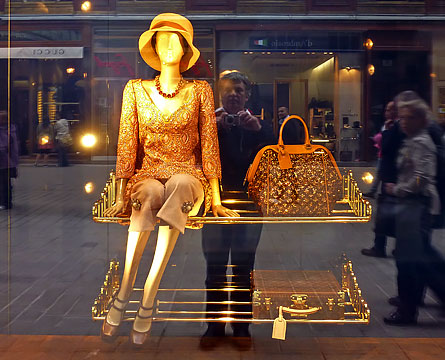
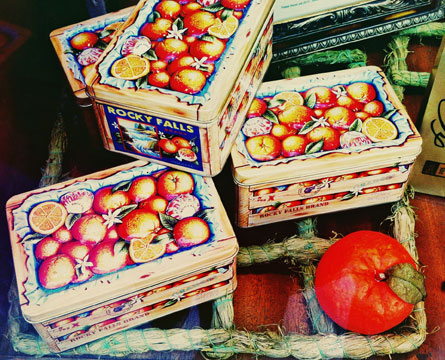
High Heels, Brussels, Belgium
Miu Miu, Shoe Store, Vienna, Austria
Women's Shoes, Rome, Italy
Poultry, Los Angeles, USA
Cheese, Grocery Store, Madrid, Spain
Jewelry and Weapons, Poreč, Istrien
Vehicle Tradeshow, Dubai, United Arab Emirates
Butcher, Salamanca, Spain
Sweets, Balamanca, Spain
Fish Market, Funchal, Madeira
Luxury Fashion, Vienna, Austria
Rocky Falls Brand, Vienna, Austria


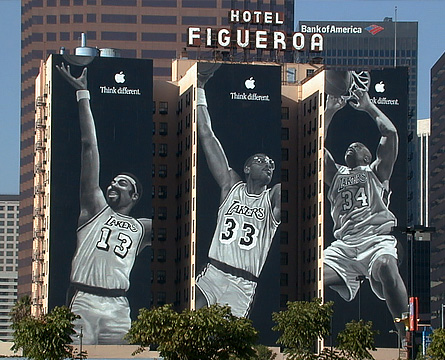
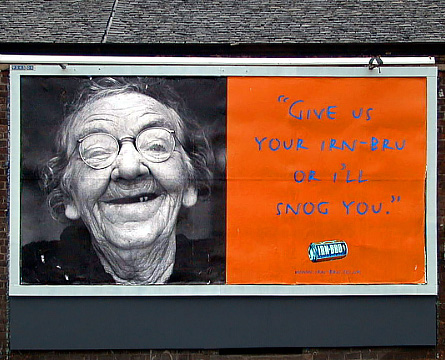



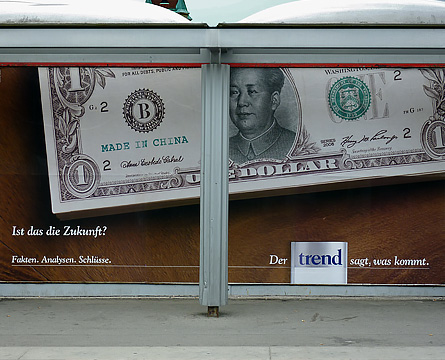


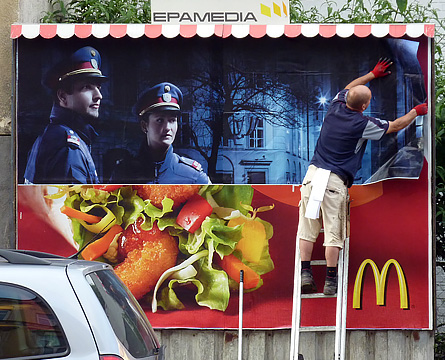
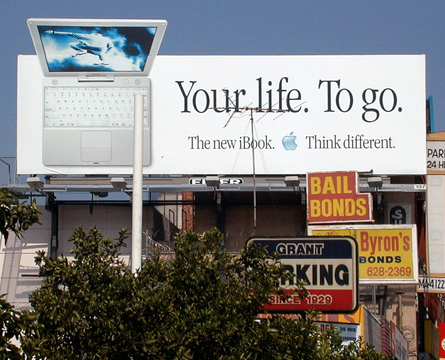
Banespa, São Paulo, Brazil
The long Night of Wiener Stadtwerke, Vienna, Austria
Apple, Think different. Los Angeles, USA
Give us Your Irn-Bru or I’lll snog You, Edinburgh, Scotland
Havana Club Rum, Berlin, Germany
Burger King, Advertising, Vienna, Austria
Advertising for Gambling, Vienna, Austria
Advertising for a Business Magazine, Vienna, Austria
Airwaves Tabs, Dornbirn, Austria
Rauch, Nativa Tea & Water Advertising, Vienna, Austria
McDonald's in Combination with Police Advertising, Vienna, Austria
Apple iBook Advertising, Los Angeles, USA
The added value
If market value develops as an all-determining scale, attention is a necessity we have to meet. The most attractive, appealing and promising offer has the best chance to win. Who wants to reach people's interest, must not only stimulate their senses, but also offer something that corresponds to their expectations and desires.
Marketing agencies develop their campaigns for target groups. It’s quite easy to decide if someone is interested in some kind of personal interaction and communication or just believes in the controllability of people as an anonymous mass. Even if people follow unconscious impulses and it is sometimes possible to manipulate these impulses, the number of unsuccessful campaigns proves that there is currently no reliable recipe for the manipulation of masses.
Today we are frequently confronted with messages, which were designed in the hope to meet our expectations. The risk of an adverse reaction should be avoided. Professionalism and the use of modern technology does not necessarily lead to more attractive signs. Even the most sophisticated use of current typography is not a guarantee to be touched emotionally. Although the advertising industry strives to get rid of their bad reputation by staging themselves as creative and artistic, that's what we get to see is usually monotonous and unimaginative. An incessant bombardment with always the same messages is still considered the most effective method.
Hardly anyone will shed a tear for these advertising campaigns. While we admire Roman, religious or courtly propaganda, today no one has the intention to create lasting signs of meaning. Instead of thinking about how by way of example something "valuable" can be implemented, huge sums of money are wasted here.
The point of sale
The exchange of goods and services takes place in different forms. Vendors and consumers can meet each other in person. But more often retail chains convey today between consumer and manufacturer or service provider. The anonymity of such a relationship has its consequences. On the one hand, our sense of responsibility decreases. We care little where something comes from and under which conditions it originated. On the other hand, our own unawareness creates the opportunity to recharge offers in a special way with meanings. The promises go far beyond simple usefulness. An art of storytelling developed. Not the required effort and the work performed define the value of an offer. The ideas in our heads define a certain price as acceptable. Profits can therefore best be achieved if a cheapest possible production is compensated with a corresponding presentation.
Our attention is therefore not increasing concentrated on the growing complexity of real production conditions, but on simplified symbolic representations. We prioritise the virtual over the real.
Sensual pleasure requires the ability to enjoy. Not passive consumers but active recipients revitalize the markets today. The self-conscious audience proves connoisseurship. The exchange of information concerning the enjoyable aspects of services has caused its own media culture. The exchange of goods and services is increasingly perceived again, in all its aspects, as part of a universal process. Digital and social media has increased the transparency of the markets. Conditions of production, sustainability, environmental impact, etc. are issues that are becoming especially important in symbolic consumption. One can satisfy his hunger with cheapest food. However, anyone who enjoys food in order to demonstrate his self-esteem, will take care under what circumstances his meal has been produced.
